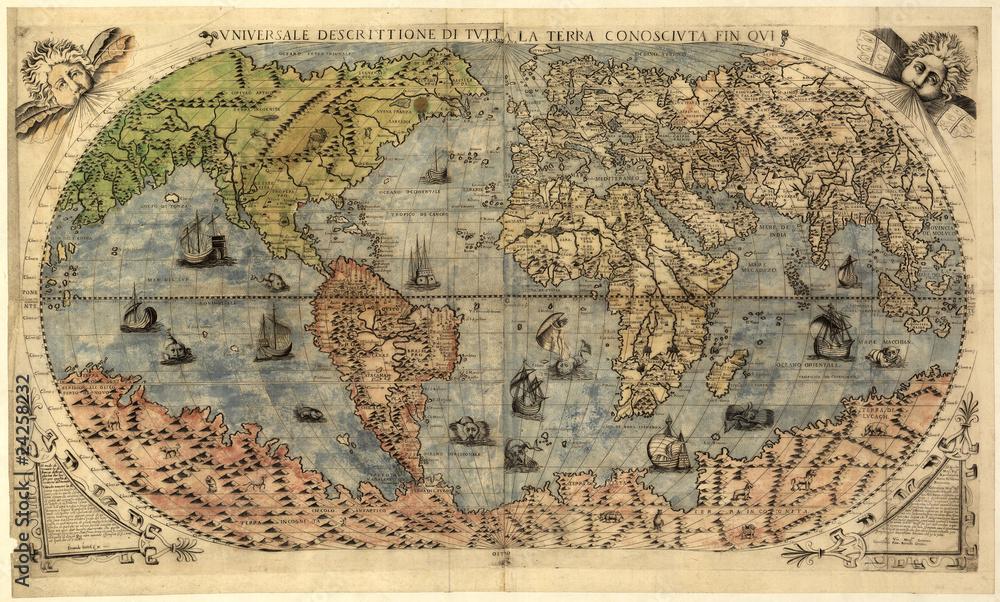The Timeless Ties of Ancient Trade: Insights from “The Golden Road”
In a world increasingly defined by globalization, the historical significance of ancient trade routes and cultural exchanges serves as a reminder that interconnectedness has deep roots. In his recent publication, The Golden Road, renowned historian William Dalrymple invites readers to explore the rich tapestry of the ancient world. He uncovers the complex relationships that influenced civilizations long before modern globalization took hold. Through engaging narratives and thorough research, Dalrymple reveals how corridors like the Silk Road not only facilitated economic interactions but also sparked significant cultural and intellectual exchanges relevant to contemporary global issues. This article examines key themes from The Golden Road, highlighting how Dalrymple’s perspectives challenge conventional historical views while emphasizing the enduring importance of our interconnected world.
Unveiling Cultural Connections Along Ancient Trade Routes
Ancient trade routes were far more than mere channels for commerce; they acted as vital links for cultural exchange that shaped societies across various continents. In his analysis, William Dalrymple sheds light on these profound interconnections, illustrating a complex fabric woven from diverse influences. Merchandise such as silk and spices traveled alongside ideas and beliefs, enriching cultures and enabling encounters that crossed geographical divides. Key themes arising from these interactions include:
- Religious Fusion: The blending of spiritual practices as merchants shared not just goods but also ideologies.
- Artistic Influence: Cross-cultural dialogues that inspired artistic movements and architectural advancements.
- Language Evolution: The transformation of languages influenced by trade dynamics and migration patterns.
These ancient networks also nurtured diplomatic ties, laying foundations for alliances through cultural diplomacy. The exchange of envoys between empires solidified not only commercial agreements but also shared knowledge, leading to remarkable progress in science and philosophy. Notable trading cities exemplify this role as centers of culture: places like Samarkand and Bukhara along the Silk Road emerged as pivotal hubs for learning.
| Trade Hub | Cultural Contribution |
|————-|————————————————|
| Venice | Renaissance art, commerce, diplomacy |
| Baghdad | The House of Wisdom; scientific advancements |
| Chang’an | Cultural exchanges via the Silk Road |
Analyzing Historical Contexts in William Dalrymple’s Work
William Dalrymple’s narrative offers an insightful perspective on how cultures have intertwined through ancient trade routes over time. In The Golden Road, he skillfully combines historical accounts with vivid storytelling to highlight the multifaceted interactions among various civilizations. His work underscores how crucial trade networks—especially those like the Silk Road—were in shaping both economic landscapes and socio-political dynamics within different regions.
Dalrymple’s approach transcends simple historical recounting; he encourages readers to contemplate the broader cultural impacts stemming from these early exchanges—how they influenced art forms, religious practices, and language development alike. With meticulous research paired with compelling storytelling techniques, he covers topics ranging from Mughal architectural artistry to travelers’ spiritual journeys across continents.
This narrative style captivates audiences while educating them about history’s threads connecting us today—a reminder that many aspects of modern globalization can be traced back to these early interconnected societies.
Suggested Reading Paths for Expanding Global Historical Perspectives
To gain a deeper understanding of global history’s intricate webbing, readers are encouraged to explore various literary paths encompassing diverse viewpoints across different contexts. William Dalrymple’s The Golden Road serves as an excellent starting point due to its blend of personal stories with overarching historical themes reflecting civilization interconnectivity.
To further enrich this literary exploration, consider delving into works focusing on:
- Silk Route Dynamics: Investigate how trading pathways fostered cross-cultural dialogues.
- Transcontinental Empires: Examine legacies left by empires such as those led by Mongols or Ottomans.
- Colonial Interactions: Analyze European explorations’ effects on indigenous populations.
- Commerce & Faith: Explore how trade played a role in disseminating religious beliefs globally.
For a well-rounded view encompassing varied time periods or geographic areas within world history literature:
| Region | Recommended Readings |
|————-|————————————————|
| Asia | A History of Asia by Michael Birch |
| Africa | Africa: A Biography of the Continent by John Reader |
| Middle East | The Great War for Civilisation by Robert Fisk |
| Europe | Europe: A History by Norman Davies |
Conclusion
William Dalrymple’s work in The Golden Road serves as an enlightening reminder about our world’s intricate connections throughout history—challenging contemporary notions surrounding globalization itself. Through carefully crafted narratives enriched with substantial context regarding ancient trade routes’ roles in fostering cultural exchanges—the book provides profound insights into humanity’s enduring spirit traversing borders long before today’s global economy emerged.
As we reflect upon lessons learned from our interconnected pasts highlighted within this text—it urges us all towards recognizing ongoing threads binding diverse cultures together even now amidst divisions present today! Ultimately,The Golden Road inspires us toward appreciating universal principles rooted deeply within human curiosity—and coexistence which have persisted throughout ages—enriching both our comprehension regarding history itself—and what it means being partakers within this ongoing dialogue among peoples worldwide!
